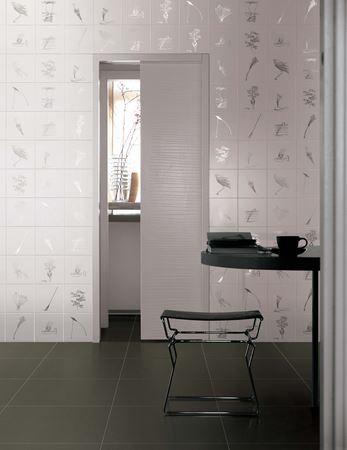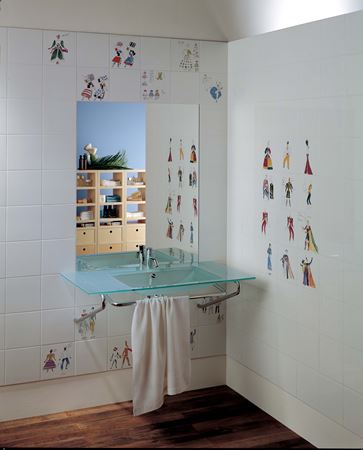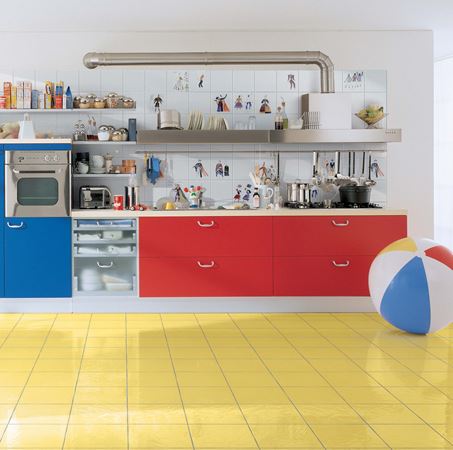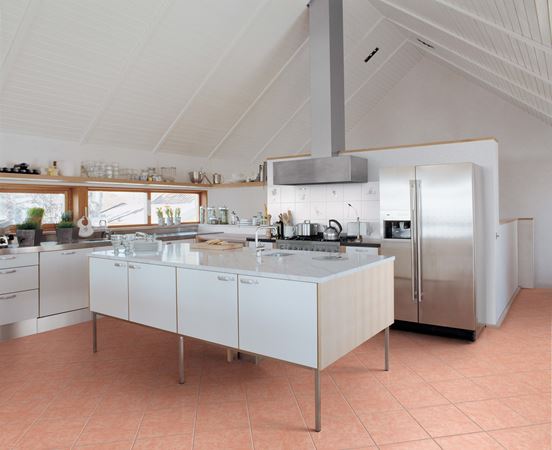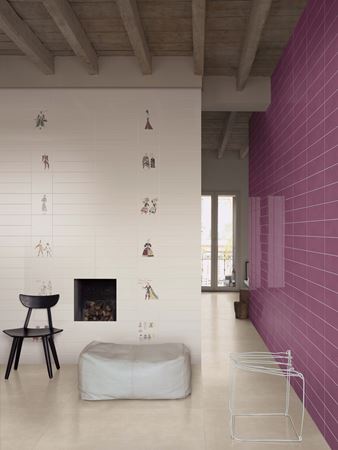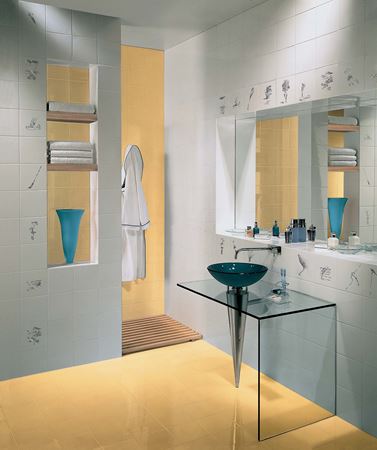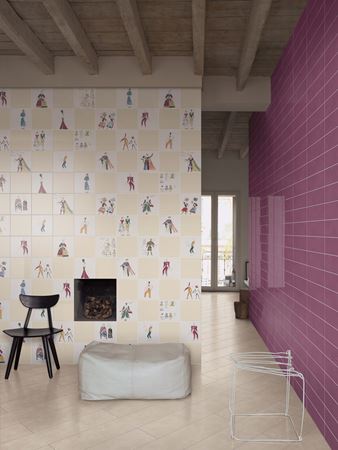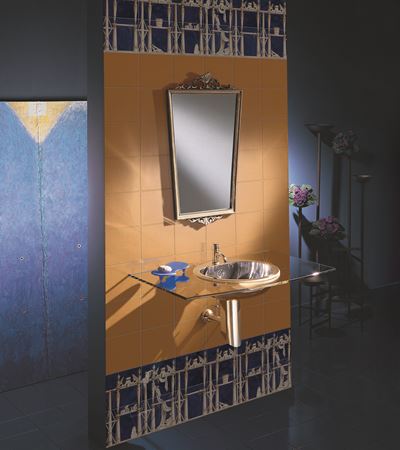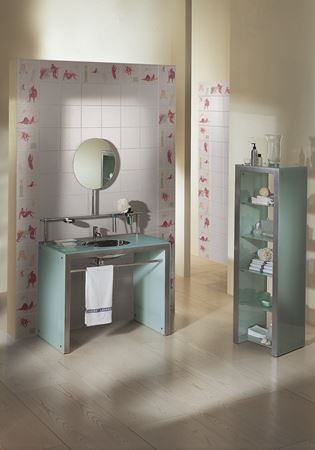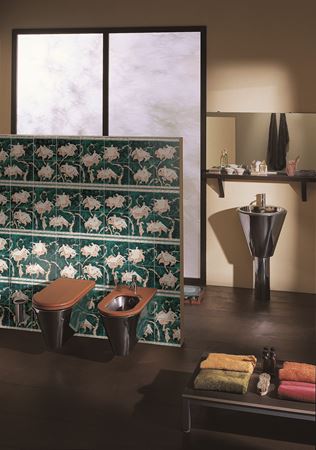-
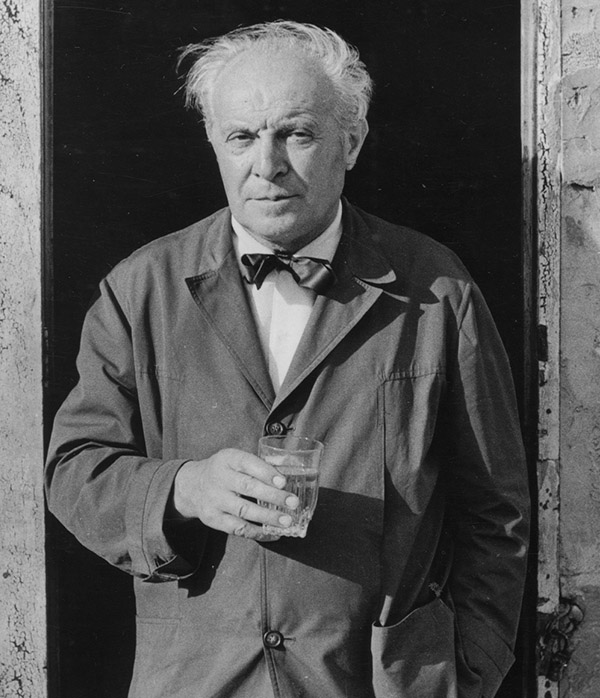
-
GIO PONTI
-
GIO PONTI was born in Milan on November 18th, 1891. He graduated in architecture to the Polytechnic of his town in 1921. He carried out his activity for six decades - from 1920 up to 1970 - not only in architecture, but also in the fields of painting, design, teaching, and journalism. Planning and promoting quality, by means of exhibitions and magazines, were the univocal objectives for him, and for his meaning for future. Of the years twenty are his first architecture “neoclassic” works, the house of Randaccio street in Milan, the Bouilhel house in Garches, Paris. From 1923 up to 1930 he was the artistic manager of Richard Ginori, and he remade the entire production of the company. For Gio Ponti the ceramics was always his favorite explication, from the creation of the “animated bottles” for Ceramica d’Imola, to the various ceramic series often created in connection with architecture, such as the ceramic tiles “diamanti” of the Ceramica Joo, and also for the façades of the Pirelli skyscraper, or the Shui-Hing Stores in Hong Kong, or the Bijenkorf Stores in Eindoven Holland, or the INA palace in S. Paolo street Milan. In 1928 he established Domus magazine, that will be managed for fourty years. In 1941 he established the magazine Stile. Gio Ponti architecture, well known all over the world can be discussed in an emblematic way; if the Pirelli tower is the architectural symbol of 1950, the cathedral of Taranto and the museum of Denver in Colorado are the new symbols of 1970. In the design field, the Pavoni coffee-machine pointed out the creative reneval of design in 1950, such as also the super-light chair of Cassina. The “colored floors” for “Salzburger Nachrichten” in Salisburgo are the Gio Ponti contribution to the description of the years ’70. Gio Ponti died in Milan on September 16th, 1979, he was 88 years old.
-
PROJECTS FOR CERAMICA BARDELLI
-
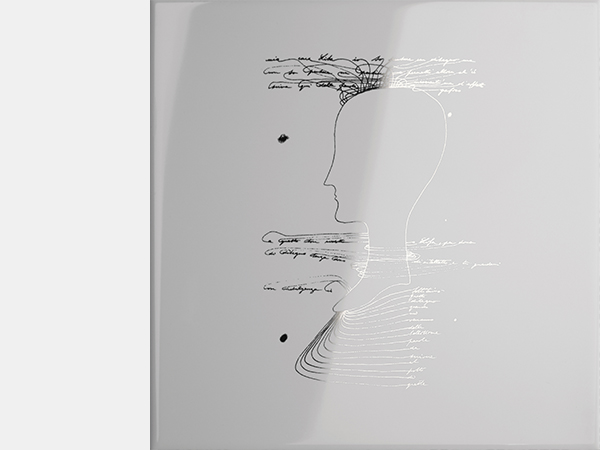
CENTOLETTERE
-
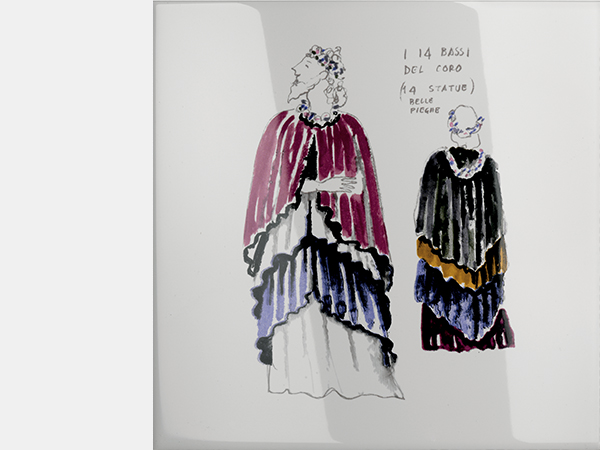
COSTUMI
-
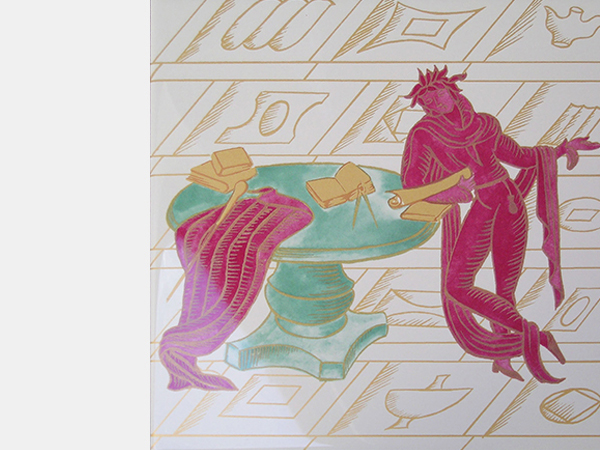
LA CONVERSAZIONE
-
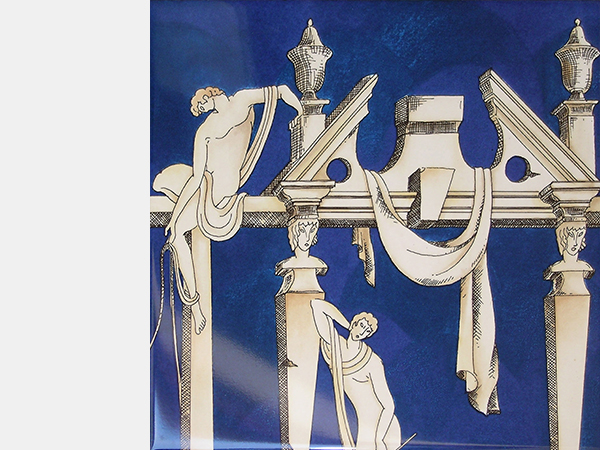
LA CASA DEGLI EFEBI
-
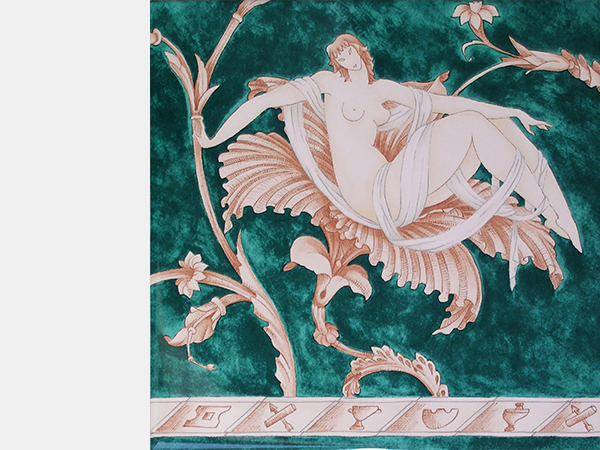
LE DONNE SUI FIORI
